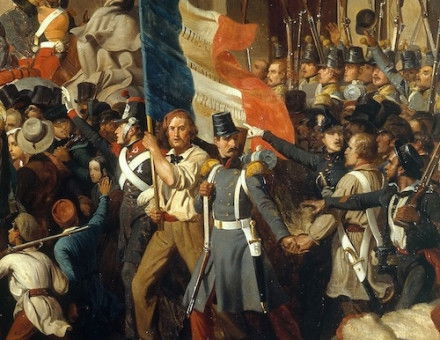Great Oaks From Smallest Acorns Grow
David Starkey on The English Renaissance Miniature.
In 1526 Madame d'Alencon, sister of Francis I of France, begged Henry VIII to intercede with the Emperor Charles V for the release of her two nephews, the Dauphin Francis and Prince Henry, whom Charles was holding hostage for the payment of their father's ransom. (Francis I had been defeated at the battle of Pavia in 1525; had 'lost everything save honour'; and had been led into captivity in Spain.) As was the custom Madame d'Alencon had sweetened her request with a precious gift or 'token'. It consisted of two lockets. In the first was a miniature of Francis I; in the second of his two sons. Both had covers elaborately worked with cyphers and allegorical decoration. The present caused a sensation in the English court, where nothing had been seen like it before. And the response – typical of Henry VIII's slavish copying of 'his good brother of France' – was imitation. Within months both Henry and his Queen, Catherine of Aragon, had sat for their portrait miniatures too. The history of the English miniature, which was to reach its symbolic peak in Nicholas Hilliard's Young Man Among Roses , had begun.





